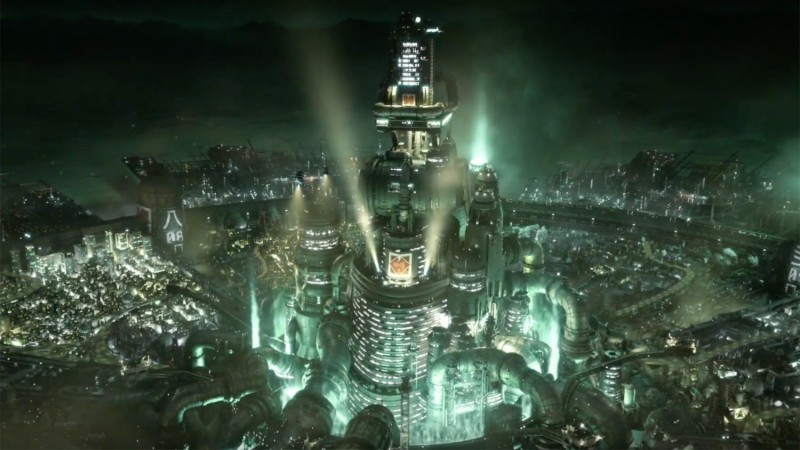Research and preproduction is essential to level design, which is essentially what our immersive town scene is: a game level.
In a real AAA type game studio environment, where I have artists and other developers to work with, I would approach research and preproduction similarly to the advice in these resources (written by AAA game designers):
- Do Your Research: Where’s the Toilet? – Max Pears – Next Level Design
- Level Design for Combat: Part 2 – Max Pears – Next Level Design
- A Beginner’s Guide to Designing Video Game Levels – Mike Stout – tutsplus.com
But in our case, we don’t have any artists or other content creators on staff. So it’s essential that we approach research from a “what do we have access to” perspective.
When designing a real game level, I would ALWAYS start with a greybox (aka whitebox) designed around the intended gameplay and playtest and iterate.
Since our goal is immersion, it’s more important to find assets that will help sell the atmosphere we attempt to evoke rather than focusing on the gameplay purpose of the playable space. Then we will have to plan our gameplay content (quests, NPCs, key items, etc.) around what we find.
THIS IS TOTALLY BACKWARDS from how I would typically design, but it makes sense in this situation.
As an aspiring designer, you want to create both types of portfolio pieces: levels that show you can create an original layout perfectly suited to your intended gameplay starting with a 2D map and then a graybox; AND beautifully crafted scenes based on assets you have sourced or been given. In this tutorial we are focusing on the latter.
Why to research first and what to look for
Since the focus of our project is narrative and immersion, it depends on compelling assets. Rather than starting with whatever scenario I can dream up, it’s much smarter to browse what’s out there and let that inspire you and jumpstart your creative juices.
Look for assets that will work well together. We want the pieces of our game to feel coherent and consistent. As a result, it can be useful to find a kit or asset pack that includes several environmental pieces and or characters that all fit together.
If you can’t find something integral to your idea, you need to switch ideas.
Let the assets you find guide your creative vision.
Where to find assets
There are an amazing amount of great free game assets to find online. Here is a compilation of links to help:
As you peruse these sites, be sure to check the license agreements for any work you plan to use. Do not steal work that you don’t have permission to use.
Bookmark the assets you might want to use. This way we can find them later and credit the authors for their work.
If you want to spend money you can, but I think it’s worth seeing what you can build for free before you invest in paid assets on later projects.
Video: finding character art
I’m going to find character art first, because I think it’s more scarce and it depends on animations. The best resource I know for this is Mixamo.
Video: finding environment art
“Modular” asset packs mean the assets are built as pieces that can be snapped together like Legos to create your own custom layouts. This can be useful but might also make things slightly more complicated.
Be sure to consider if you can find characters that fit this world as well!
Video: testing environment art
Once you’ve picked out some environment art, it’s time to see what’s actually included and how it works in Unity.
Next: Part 3
